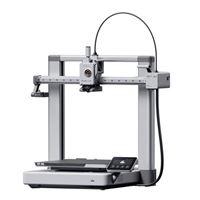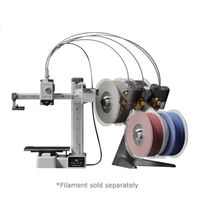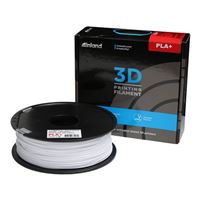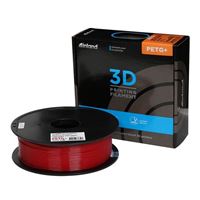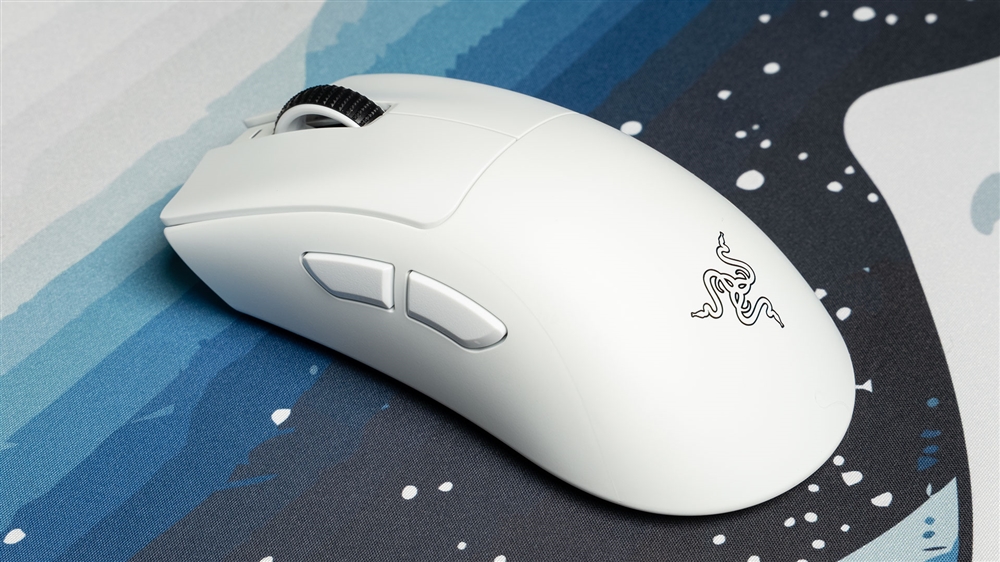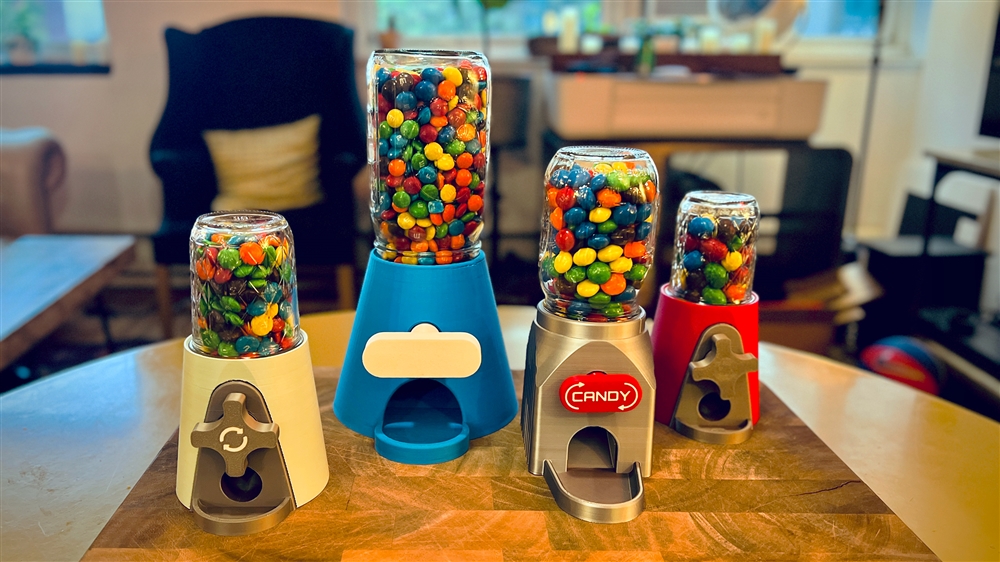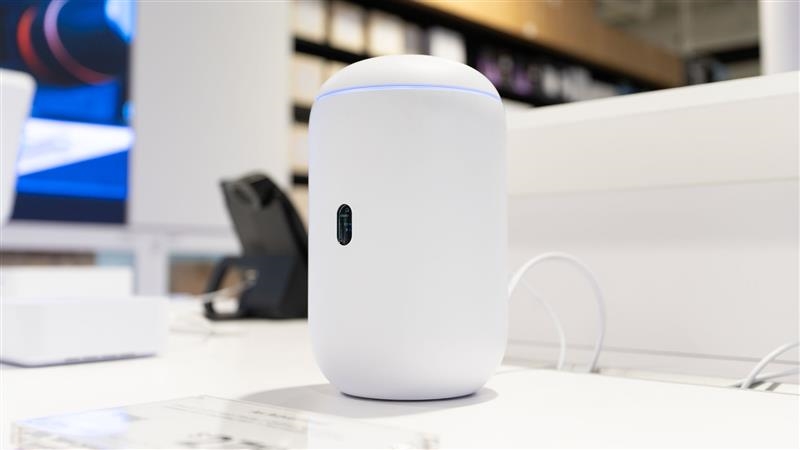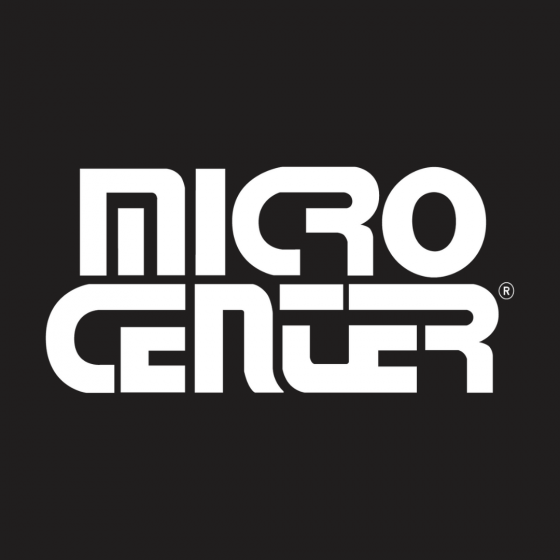How to Make a 3D-Printed Candy Dispenser
With a few simple prints, you can turn a basic mason jar into a countertop candy machine worthy of a retro diner.Maker Projects
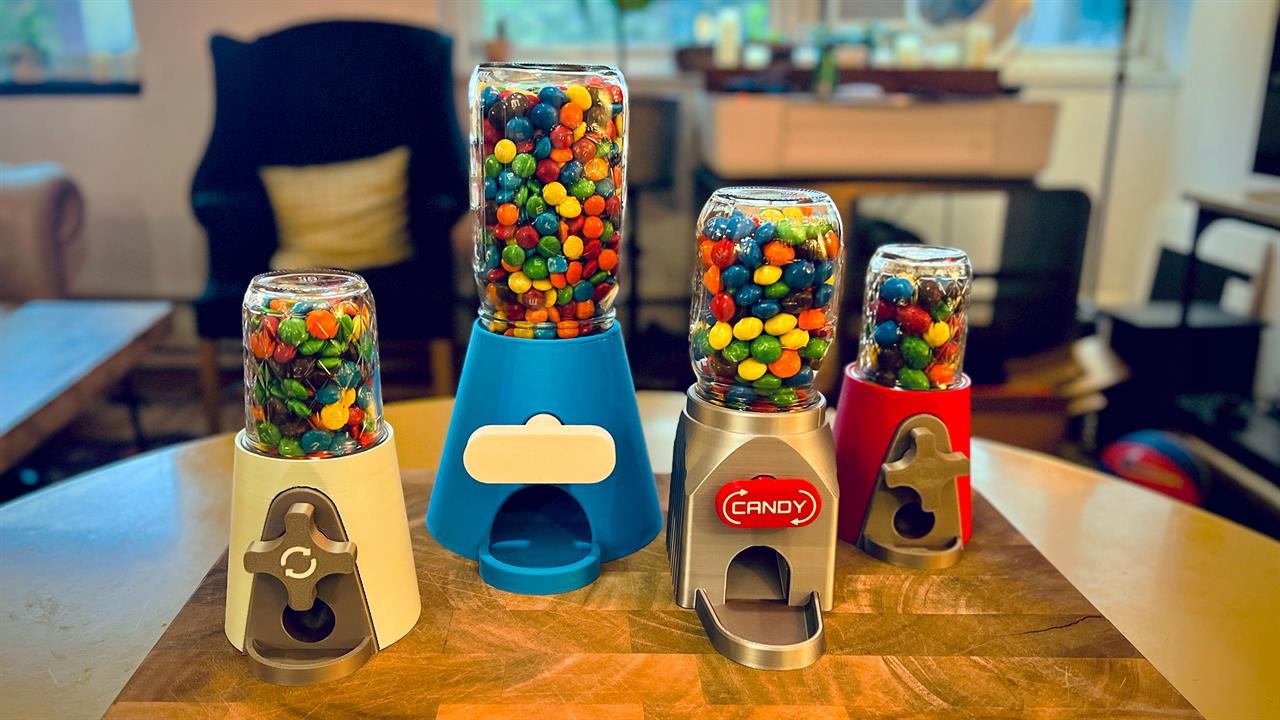
I love using 3D printing to recreate cool or kitschy retro items (like our smartphone fireplace stand from last year), so when I started seeing lots of 3D models for classic vending machines, I jumped at a chance to build a few.
These designs are great because they let you turn everyday objects into functional conversation pieces, in this case transforming an ordinary mason jar into a neat tabletop candy station.
The prints I tested are quick, relatively low-material, and make great gifts. Plus, you get to choose your color scheme, dial in the portion size, and decide if you want a classic retro look or something more sleek and modern.
The secret here is using a standard mason jar as part of the design, so you don't need to print or find a container for the candy. But note that not all mason jars are created equal. The two most common sizes are standard mouth (about 2 3/8 inches inner diameter) and wide mouth (about 3 inches inner diameter). I built designs using both, so before printing any of these, double-check the project plans for the correct jar size.
The designs we printed
Mason Jar Candy Machine
This one has a few variants with different knob designs, but I liked the four-way arrow knob version seen in our photos (left side in the photo above). This is a multi-part print, so it's easy to print the knob, shell, and base in different colors. It took about five hours total in my Bambu A1, and I used standard PLA.
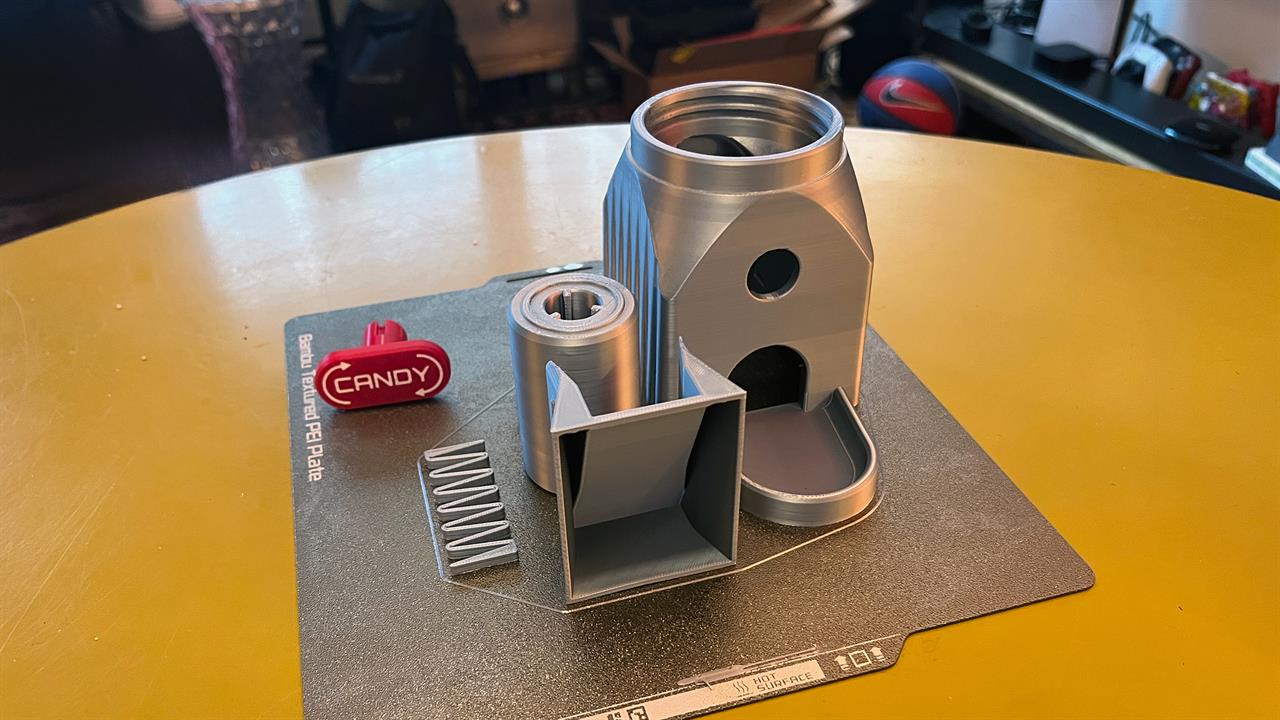
Photo: Dan Ackerman
Candy Machine
This version has a more industrial look and a more complex internal mechanism (see pic). It has an internal cylinder that ensures the handle only rotates one way and a spring-like mechanism that gives you an audible click with each turn. The designer also offers versions for both regular and wide-mouth mansion jars.
Mason Jar Sweet Candy Dispenser
This is both the simplest design we're highlighting, and also the biggest (it's second from the left in the top above). The base is one piece and the only other part is the knob/scooper, which is big enough to dispense even larger candies like Peanut M&M's. It uses a wide-mouth mason jar, but there are now variants for other types of jars.
Printing tips
My biggest issue was making sure the threads on the mason jar lined up with the threads on the base and everything locked in together. Because of the wide variance in mason-style jars available, you might need some glue or to scale the project up or down by a percent or two.
Printing in PLA (like I did) is fine for dry candies, but PETG is more durable (and more food-safe once cleaned). To fill the dispensers, I used various kinds of M&M candies, but anything similarly coated with a hard shell (Skittles, small gumballs, etc.) could work.
The perfect gift?
I love giving 3D printed (or lasercut) gifts for holidays, and this is exactly the kind of relatively easy print that has a high-impact fun factor, as well as a practical application. So if you're on my holiday list, don't be surprised if you get a candy dispenser. And I'm not alone in thinking that, because shortly after I started printing my first few designs, MakerWorld started a candy dispenser contest -- you can see all the entries and the winners here.
Read more: Learn all about 3D printing and 3D printer filament at our 3D printing hub.
More from MC News
- Everything You Need to Know About WiFi 7
- Keyboard 101: Intro to Computer Keyboards
- The NVIDIA 50 Series Laptop Buying Guide
- Can Your PC Run OpenAI's New GPT-OSS Large Language Models?
- Best 3D Printer Projects for Nintendo Switch 2
- How to Upgrade Your Laptop's RAM and Storage
- How to Build Your Own AI Personal Assistant
- The End is Coming for Windows 10: What You (Still) Need to Know
- Fix It Yourself: Talking to iFixit on Why Repairable Tech Matters
Dan Ackerman is the Editor-in-Chief of Micro Center News. A veteran technology journalist with nearly 20 years of hands-on experience testing and reviewing the latest consumer tech, he previously served as Editor-in-Chief of Gizmodo and Editorial Director at CNET. He is also the author of The Tetris Effect, the critically acclaimed Cold War history of the world's most influential video game. Contact Dan at dackerman at microcenter.com.



